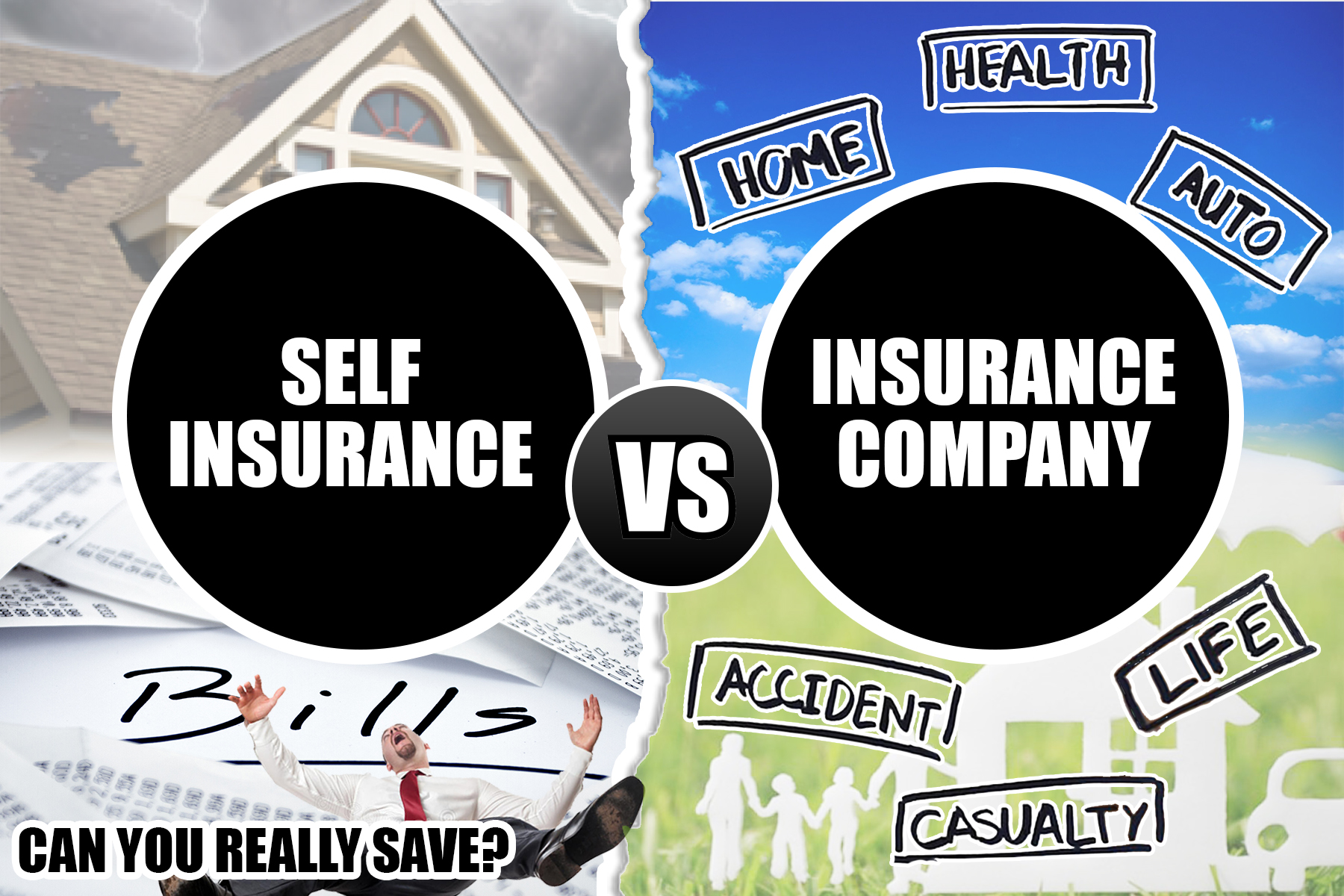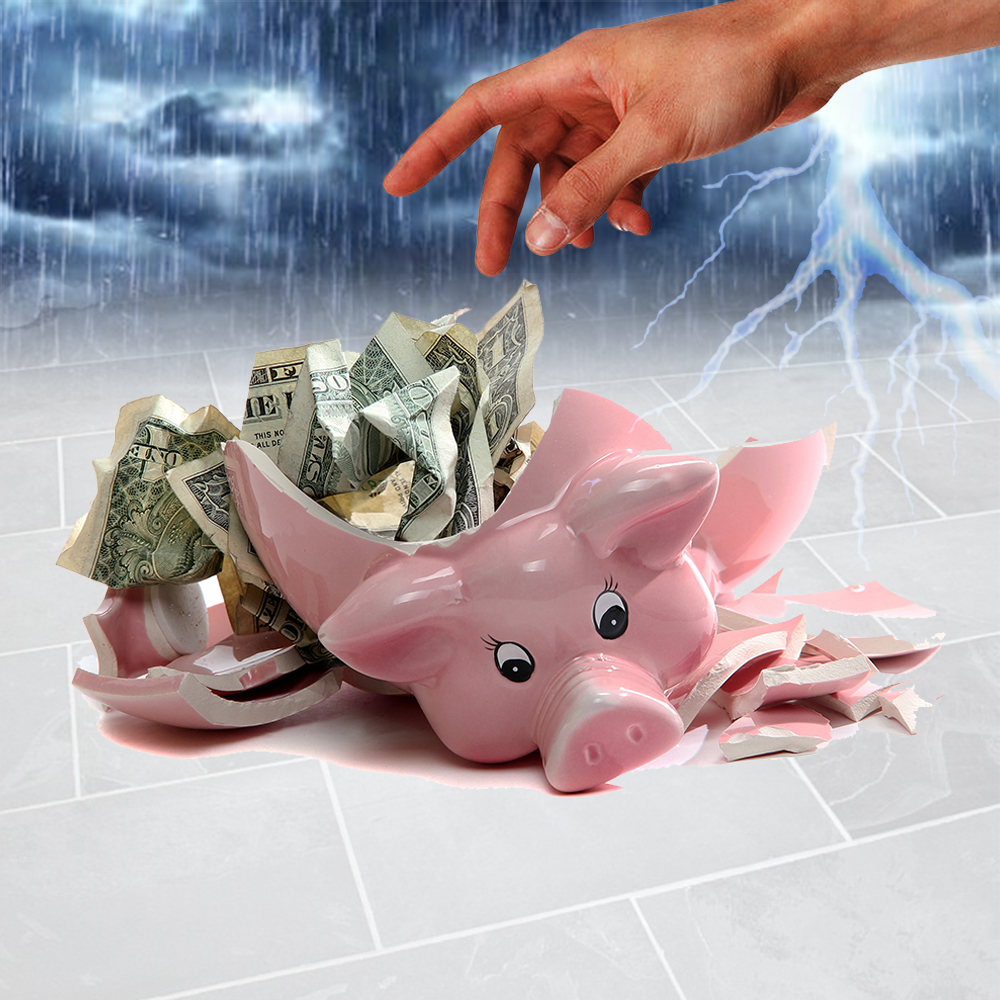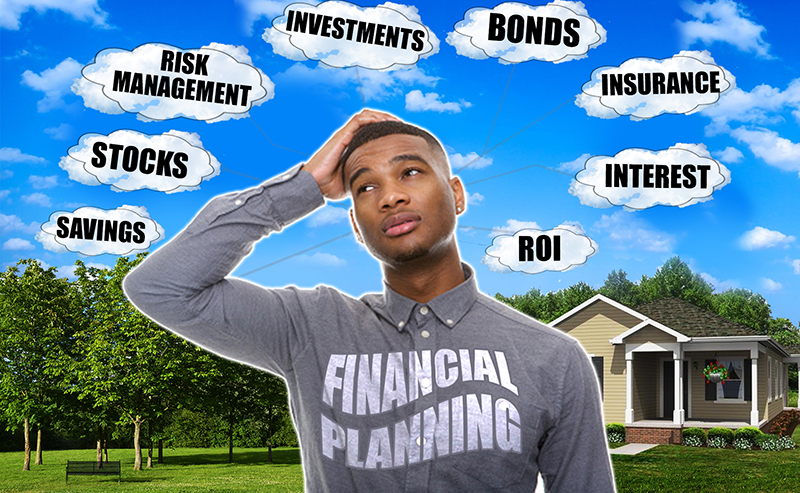Is Self-Insurance an option worth considering?

With this raging debate about insurance and the dreaded state of being ‘under-insured’ according to the conclusion of various insurance companies here on St. Maarten in the aftermath of hurricane Irma and the subsequent claims for damages that were filed, we at StMaartenNews.com thought it worthwhile to look into an interesting topic that has been discussed by many people ever since complaints about being considered under-insured hit the airwaves and social media.
Self-insurance as an option to consider
A number of people have been known to say that they should have kept the premiums they paid all those years and just save and invest the money themselves. We asked a financial expert what his opinion was on this matter. He told us that the risks involved with investing are an important aspect to consider. Another aspect to consider is that those funds should be ideally invested to earn at least a 3 to 4 percent after tax. The last aspect to consider is the discipline needed to put aside the savings and not touch this money for whatever reason or the discipline needed to invest this money wisely and let it grow over the long term.

However, the question that makes us wonder the most – besides the discipline of saving money and not touching it no matter the reason – is whether one can on average save $700 to $1000 a year in insurance premiums on an average home over a period of, let’s say, 20 to 22 years, and have these savings generate enough return on investment to cover the average hurricane damage to a house in excess of about $25,000 or $100,000 if the roof gets blown off?
In our rough calculations, even on the high end given the relatively high value of residential properties on St. Maarten, if one was to save $1000 for 22 years and as a result have a total of $22000 to invest cumulatively over those years at an annual return on investment (ROI) rate of 4% per annum compounded each year, that would generate about $35,951 in total, not accounting for inflation. If damages were to total over $100,000, that would mean that one would need to generate a ROI of at least 11% to have generated enough savings to cover that cost of $100,000 in damages. That is a rather high rate to consistently generate given the volatile nature of the stock market, unless one was to get lucky with, for instance, penny stocks.

Unfortunately, the truth of the matter is that people don’t have the discipline to put that kind of money aside to be invested. There is always some ’emergency’ that will tempt, prompt or force them to use that money. Furthermore, the annual risk of hurricane impact is difficult to predict. Experts average the amount you would need to save on an annual basis to match the required insurance premium for any property is about 1 promille of the reconstruction value. Research in the USA shows that this premium rate can be anywhere from $350 to $1000 for every $100,000 a property is worth. In St. Maarten, as noted above, the high real estate values means that, on average, this amount would be well over the $1000 mark.
Insurance should be seen as a financial risk mitigating tool
On St. Maarten – how ever we look at it – taking out insurance is still a viable and cheaper option. Insurance companies pool their premiums when investing and at least two re-insurers are used to back them up in the event of claims. Given that the real estate prices of homes in St. Maarten are certainly high, we believe the true premiums people would have had to pay to avoid the dreaded ‘under-insurance’ status, would have actually been way over $1000 per year for every $100K their property is worth.
The bottomline is that insurance is a necessary part of a person’s overall risk management and financial planning when putting a portfolio of financial products together. However, that does not negate the need to save your money as well (for a rainy day literally) and also put aside some money to invest as well. As we have written above, one might get lucky, just don’t count on it in your overall financial planning and risk management when it comes to putting a portfolio of financial products together. Even if you just go for the long haul and count on steady but low dividends of 3 to 4% annually – again, not accounting for inflation, you will still run the risk of having a deficit in the event of (hurricane) damage to your property. To cover that deficit is where having insurance comes in.
In the long run, it is wise financial planning to take out insurance on your property while saving a portion of your money and investing the rest. Those savings and investments might just make up the difference when the dreaded under-insurance term is uttered by an adjuster and comes into play to determine your settlement.

In conclusion, we can’t stress enough that insurance is just one of the many financial products one should be investing their money in. Seeing as investing is not taught in school, people might not be inclined to understand that insurance is just another investment option and a financial risk mitigating option at that. It is already hard for most people to understand investing, much less the principle of hedging their bets with an insurance product.

























